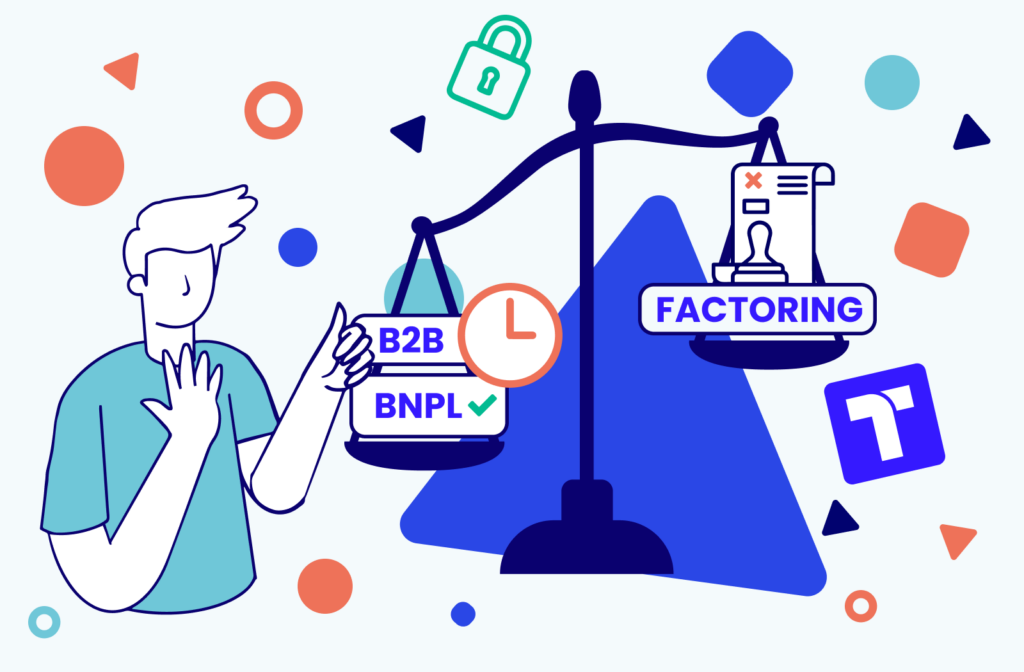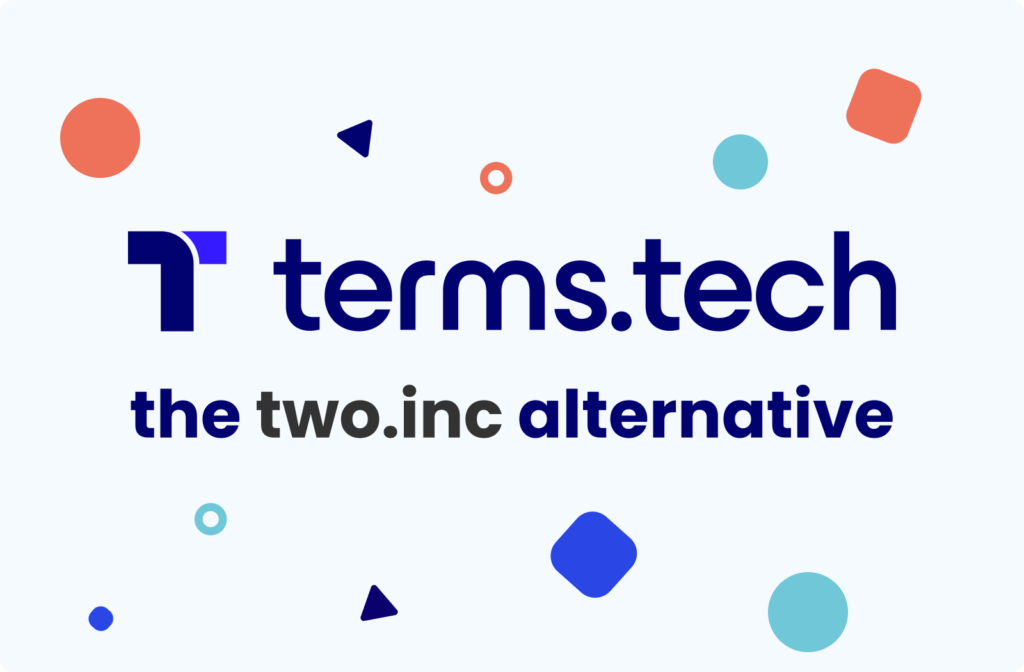
Sitting in the dentist’s chair. Looking up at the bright light on the bendy swivel arm; listening to the air flow of the sucker tube. One can’t help but notice that medical devices are truly amazing! And that there is a lot of B2B trade of medical devices across Europe.
The European medical devices industry is growing but does face a variety of challenges as it navigates innovation, regulation, and market dynamics. And, how can the medical devices industry’s merchants, marketplaces, and buyers benefit from B2B Buy Now, Pay Later (BNPL)?
Current financial trends in the medical devices industry
Stable growth
The good news is that the European market for medical devices looks rather healthy! It’s expected to grow at a compound annual growth rate (CAGR) of 4.91% from 2024 to 2029 [1]. However, growth rates vary across regions, with some countries like Germany showing robust market share [2].
According to Statista, the “Medical Devices market includes instruments and machines helping for the prevention, diagnosis, and treatment of diseases.” Overall, the sector is projected to be valued at $144.14 billion in 2024, arriving at $183.04 billion in 2029. The top three sub-sectors in 2024 are projected to be [1]:
- Cardiology devices ($20.46 billion)
- Diagnostic Imaging devices ($16.25 billion)
- Orthopaedic devices ($13.55 billion).
The top revenue change sub-sectors for 2024 are projected to be [1]:
- Diabetes Care devices (13.6% growth)
- Dental devices (10.1% growth)
- Cardiology devices (8.1% growth)
Innovation and competition
The industry continues to innovate, with advancements in AI, digital health, and wearable devices driving significant progress [3 | 4]. However, this innovation also increases competition, making it essential for companies to stay ahead with new, groundbreaking products. Just have a look at tech.eu’s constant stream of articles on startups and scaleups innovating medical devices and in the MedTech sphere [5].
Additionally, trade finance is evolving with new working capital solutions that allow adopters to improve or maintain a healthy cash flow and long-term customer lifetime value.
Major financial challenges in the medical devices industry
Regulatory hurdles
The stringent medical device regulations (MDRs) in the EU have historically made it challenging for companies to bring new products to market. These regulations are set to tighten further, which could delay product launches and increase compliance costs [2].
SMEs and startups and scaleups are particularly affected by high regulatory costs and lengthy approval processes, which can stifle innovation and market entry [2].
There is some thought that the regulatory environment around AI in the EU is rather restrictive: “As one industry source recently stated, the European Union has become so adept at regulating AI that it has virtually eradicated innovation.” [4] Time will tell.
Investment and valuation pressures
Although innovation is at an all-time high, funding for new devices has seen a decline. 2023 was the “worst in a decade” for funding. The uncertain reimbursement environment adds to this challenge, making it difficult for startups to secure necessary funding and discouraging potential investors [4].
The recent rise in interest rates has also affected MedTech valuations, putting additional pressure on companies to maintain profitability and investor confidence [3].
Market dynamics and competition
The competition from non-traditional MedTech companies like Apple and Google has blurred the lines between consumer health tech and medical devices. This shift requires traditional MedTech firms to adapt and compete in new ways, adding to financial and strategic pressures [4].
Another challenge is that European medical device markets vary from country to country. Considerations include cultural issues and values that influence which medical equipment is prioritised, differing health care systems, local regulations on top of EU regulations, and reimbursement policies [1].
Potential solutions
Leveraging B2B BNPL solutions for the medical devices industry
Want a clean bill of health? B2B BNPL is cash flow preventative care! Implementing buy and pay later solutions solutions for B2B transactions can alleviate immediate financial pressures on healthcare providers purchasing medical devices [4]. Solutions like Terms.Tech can offer flexible payment terms, improving cash flow and making high-cost devices more accessible.
B2B Merchants and marketplaces gain a competitive advantage and reduce their Days Sales Outstanding by offering Terms.Tech’s BNPL payment terms. Terms.Tech is available throughout the whole EEA plus Switzerland, pays 100% upfront, includes a rigorous customer risk assessment, and takes the payment collection burden.
Streamlining regulatory compliance
Medical device companies can benefit from strategies to accelerate regulatory approval processes. These include:
- reusing technology
- focusing on core competencies
- outsourcing non-core activities.
Efficient resource planning and strategic partnerships can also help manage the regulatory burden [2].
Expanding to new markets
Companies in the medical devices industry can look to markets with more favourable regulatory environments, such as the U.S., which arguably has more supportive innovation processes. This can help offset some of the challenges faced in Europe and maintain growth momentum [2]. But, that, of course, is easier said than done for a European SME!
Adopting AI and digital innovations
Early adoption of AI technologies for product development, supply chain management, and operational efficiency can provide a competitive edge. Companies that integrate AI effectively can improve productivity and reduce costs, helping to navigate financial challenges more effectively [3].
Embrace B2B BNPL for a healthy medical devices business
While the European medical devices industry has a positive outlook, it faces significant financial and regulatory challenges, strategic adaptations and innovative financial solutions can help companies thrive.
By leveraging flexible payment terms solutions, streamlining compliance, and embracing technological advancements, medical device firms can overcome current obstacles and continue to innovate and grow.
Do you want to find out how Terms.Tech can help your business thrive? Get in touch with our experts and get started ASAP.
Sources
1 – “Medical Devices – Europe” – Statista.
2 – “Top Medical Device Trends & Outlook for 2024” – AlphaSense.
3 – “What to expect from medtech in 2024” – McKinsey & Company.
4 – “Top Five Issues Impacting the Medtech Industry in 2024” – Medical Product Outsourcing.
5 – https://tech.eu/category/health-tech/ – Tech.eu



